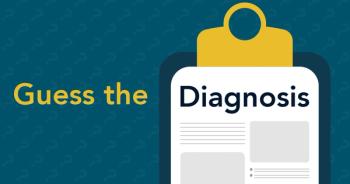
Kids who eat too much salt at risk for elevated BP
Children in the United States are consuming as much sodium as adults and like adults are at increased risk for high blood pressure and cardiovascular disease, according to researchers from the Centers for Disease Control and Prevention. More >>
Children in the United States are consuming as much sodium as adults and like adults are at increased risk for
Investigators found that sodium intake among a national sample of 6,200 children and adolescents aged 8 to 18 years averaged 3,387 mg per day. Children who consumed the highest amount of sodium were twice as likely to develop
The recommended daily sodium intake for children and adults is 2,300 mg. For every 1,000 mg increase in sodium intake per day, the normal-weight children experienced about 0.2 mm HG higher systolic BP, increasing their risk for prehypertension or hypertension by 6%. Among children who were overweight or obese, each 1,000 mg increase in sodium intake per day increased systolic BP by about 1.5 mm Hg, boosting their risk for hypertension by 74%. Diastolic BP was not associated with salt intake.
Fifteen percent of study participants had BP at or above the 90th percentile for their age, sex, and height. Thirty-seven percent of participants were overweight or obese.
Sodium intake increased with age. Consumption was higher among boys than girls and highest among non-Hispanic white children.
The researchers attribute the high sodium intake among US children to consumption of packaged, processed, and restaurant food. Interventions for children and adolescents such as monitoring sodium intake, eating healthy diets with smaller portion sizes, increasing physical activity, and maintaining healthy weight may help to prevent or slow the development of hypertension and related complications for this population later in life.
Newsletter
Access practical, evidence-based guidance to support better care for our youngest patients. Join our email list for the latest clinical updates.











